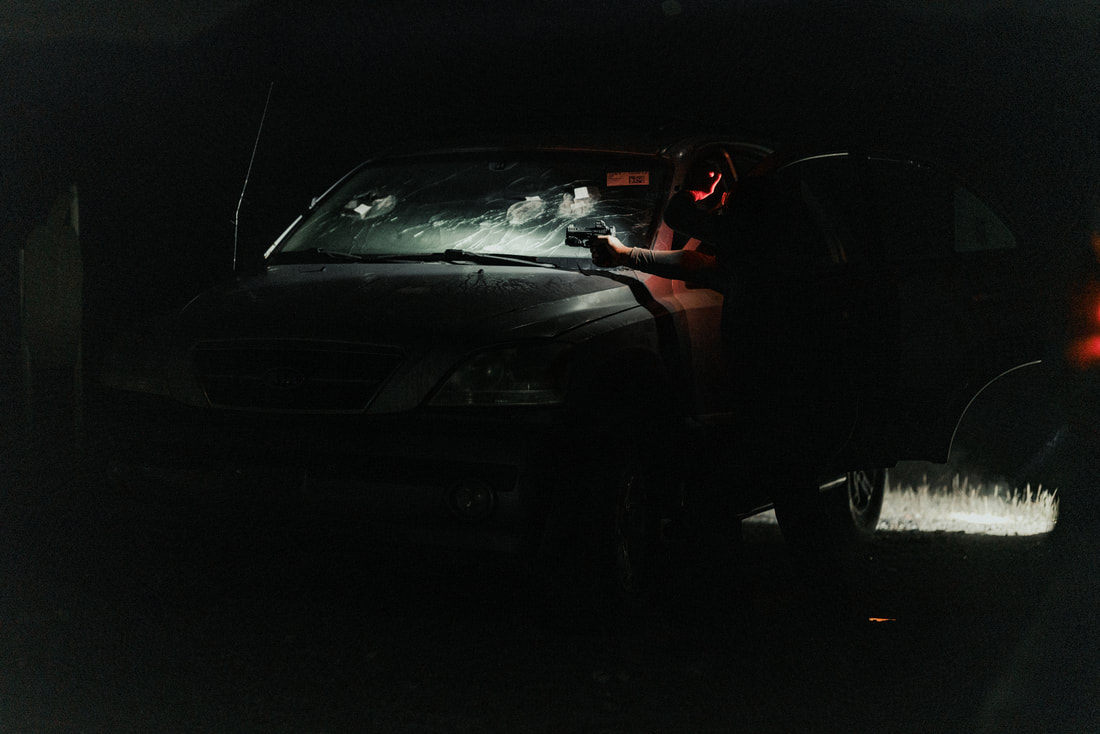|
Brief
Here is a way I like to explain part of the vision process when it comes to low light theory & anatomy. I often find if I can make the material more relatable to the audience they have a greater chance of understanding the material. Of course this is just one example, there are plenty more. Breakdown The way we process information is dependent on line of sight, distance and lighting conditions. Information is generally received in bulk through vision which is then transferred to the visual cortex of the brain for processing. That transfer process is instant as long as conditions allow it to be. Vision is similar to how a network operates. You have the net(information), which is then transferred to a router/modem(vision) than broadcasted to a computer(brain). Distance and barriers can affect how fast that information is sent back and forth for processing. Low light applications are similar in the fact that light is needed to gather information. Distance and barriers will affect that process. The greater the distance and barriers the more light is needed for information. The lesser the distance and barriers the quicker problem solving can occur potentially. Understanding these direct correlations will help us carry the right tool for the task at hand.
1 Comment
|
AuthorBryan Veliz, Lead Instructor. Part time cop, teaching others the way of the gun. Archives
February 2024
Categories |

